If you show up at a promising location for landscape photography, how do you choose which direction to start walking and exploring? It’s not always obvious, especially if the landscape in front of you is something like sand dunes or salt flats where you can go any direction.
Of course, the answer depends on the landscape. But I’ve found that it can help to aim for two particular types of subject: transitions from one terrain to another, and extreme points within the terrain.
Transitions
Every landscape comes to an end. The shore meets the ocean; the field meets the mountain; the horizon meets the sky. These in-between places where one subject transitions to another are a gold mine of opportunity for photography.
Let’s take the most obvious answer of the ocean along the shore. When the two mix, the patterns and lines they create are more interesting than either tends to create on its own. The transition from one to the other leads to interesting subjects like tide pools, long exposure waves, glossy rocks, and all sorts of good foreground opportunities.
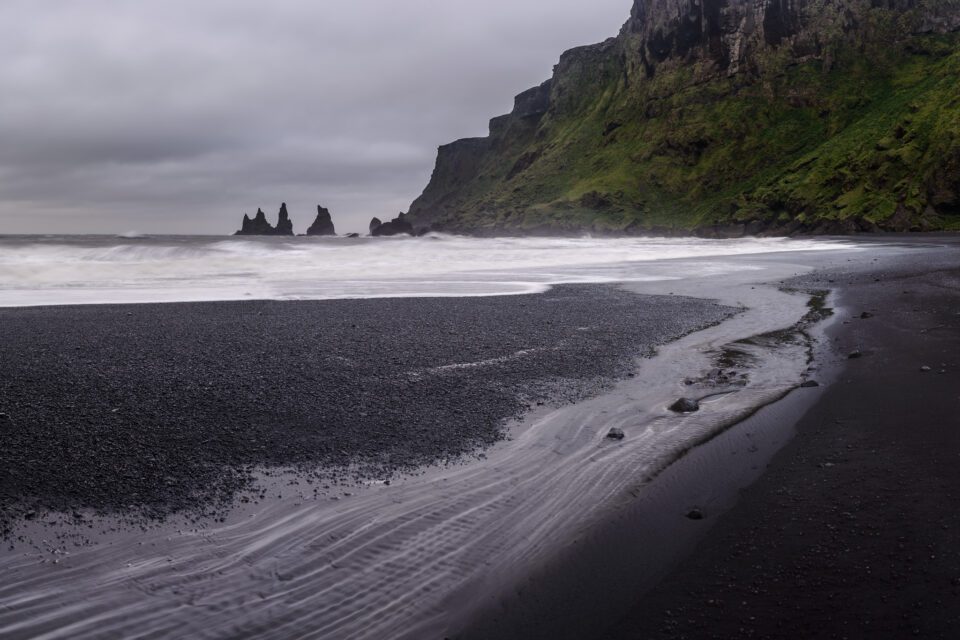

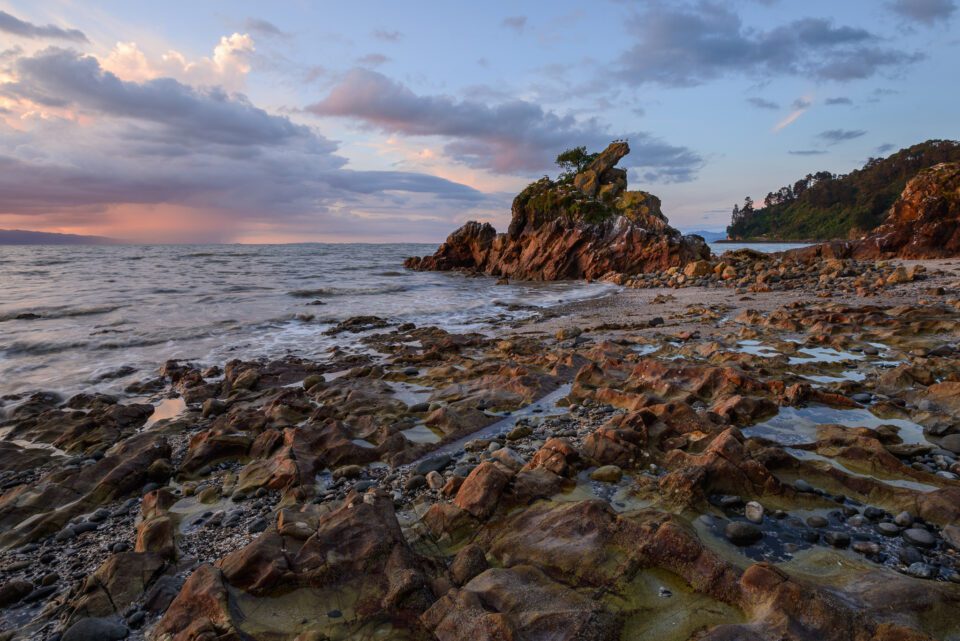
Another example that comes to mind is the more specific landscape of Yellowstone National Park. The hot springs make great subjects on their own, but the colorful bacteria that live along the edges (i.e. the transitions) of the pools are particular favorites of mine.

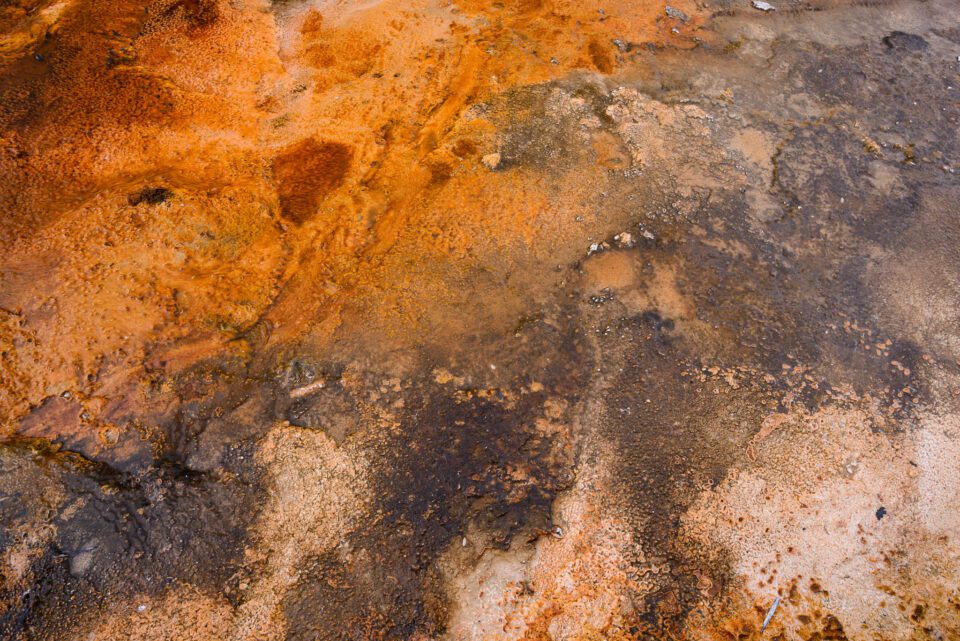
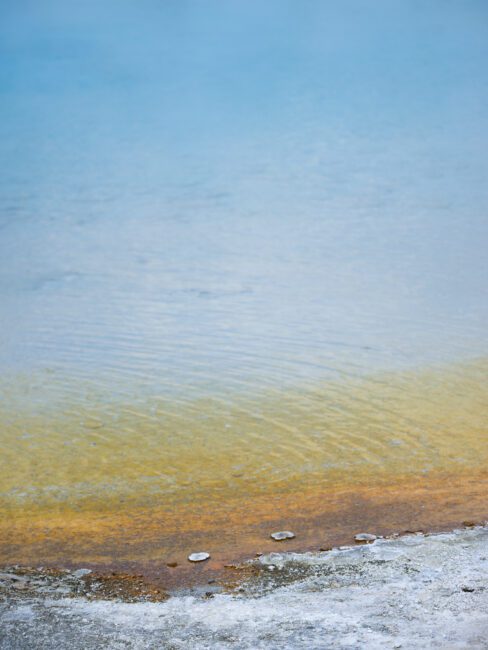
There’s simply more happening at the transition of different terrains, which is often helpful for photography. It makes it easier to tell stories with your photos.
I hardly even need to mention the most obvious transitions in landscape photography: night to day, and day to night. Even if we don’t normally think of sunrise and sunset in terms of a transition, that’s exactly what they are – the start of something, and the end of something else. They often lead to the best light in landscape photography and make for beautiful photos. The same is true for the edges of a storm or the beginning of a fog.
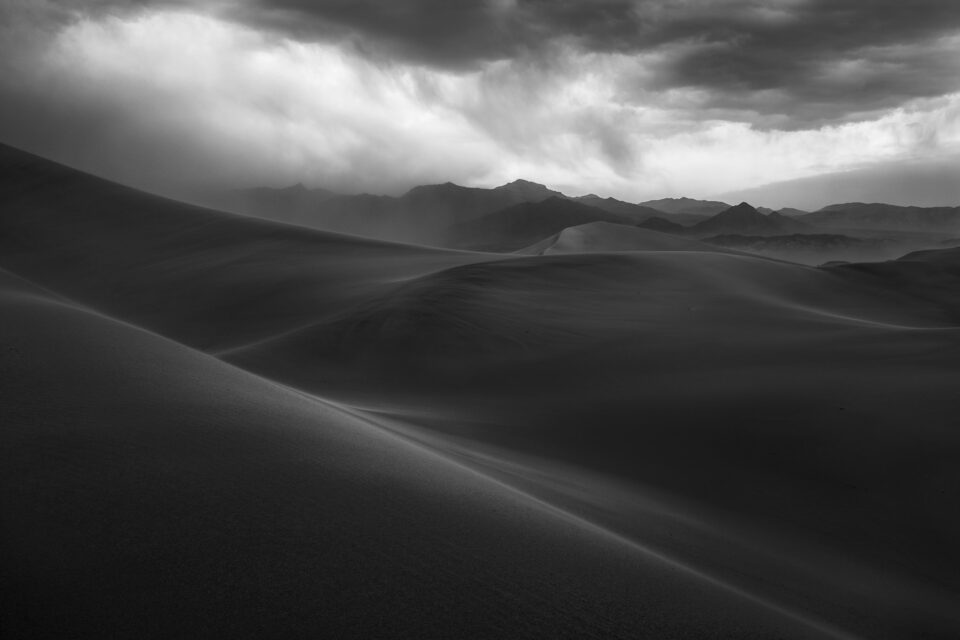
On the edge of a sandstorm (the beginning of which is just visible at the top left of the image)
Extremes
The other subjects I’ve found helpful to search for are extremes. This is anything from the top of a sand dune to the bottom of a canyon – AKA, the highest, lowest, farthest, coldest, warmest, driest, wettest, etc., places you can find.
The extremes already attract our attention, so it should be no surprise that they make great subjects. Even if you don’t plan to include them directly in your photo, they also make great vantage points. For example, at the top of the tallest hill in an area, you might have a great 360 degree view without obstructions blocking your composition. Likewise with tall sand dunes, mountains, boulders, and so on, or the tip of a peninsula. From the extremes, your vantage point is often less cluttered, which can make it easier to simplify your photos.
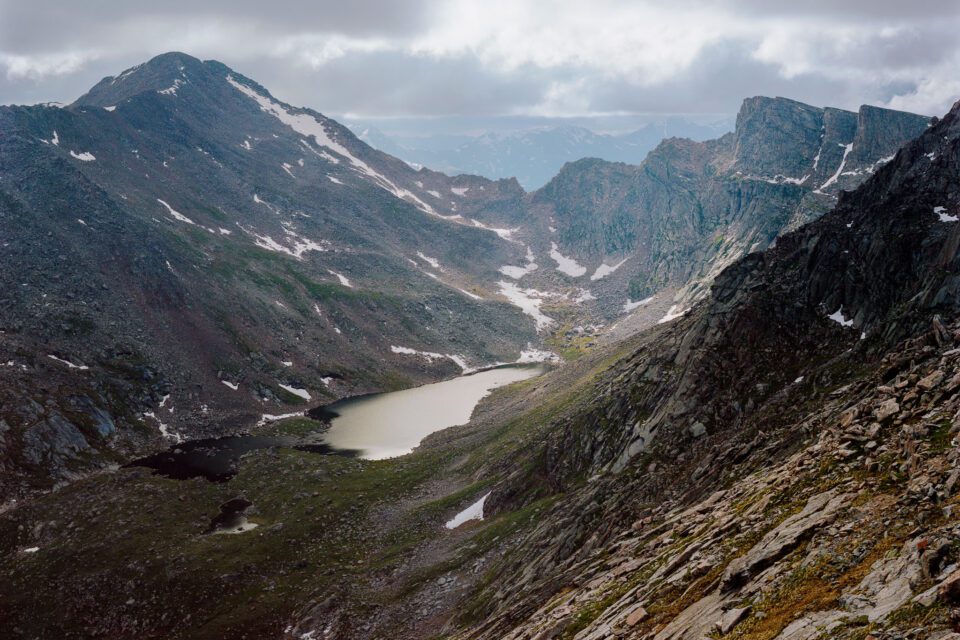
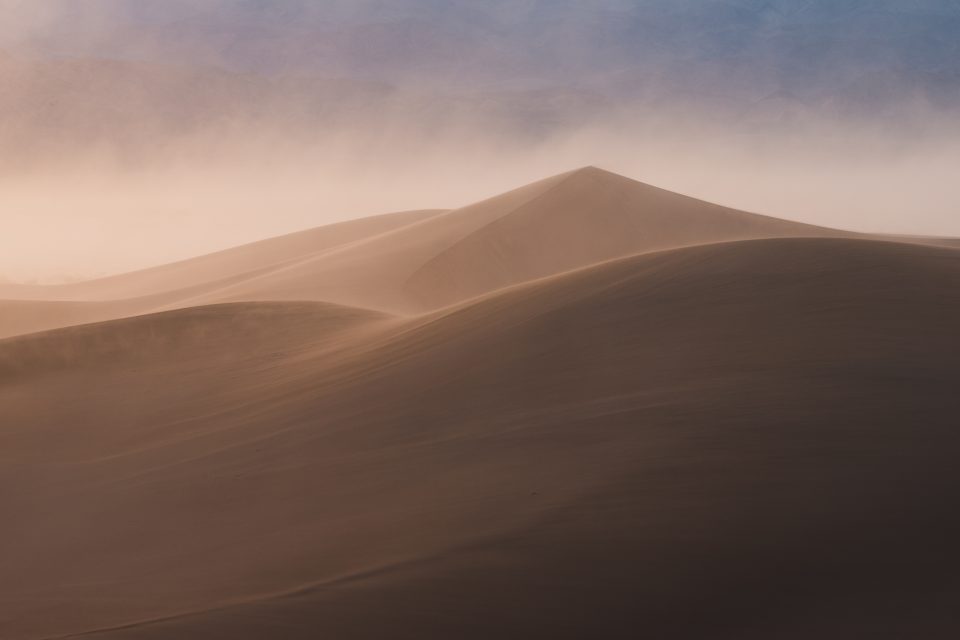
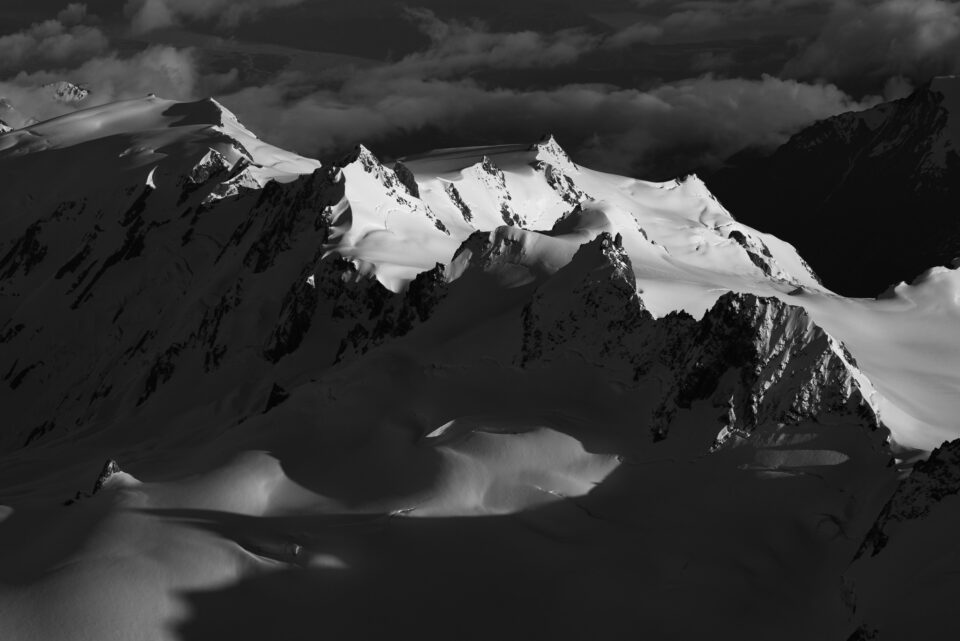
The extreme parts of an area also tend to have unusual weather, lighting, and other conditions that make for interesting photos. While a valley may only get sunlight from mid-morning to mid-afternoon, the top of a mountain will glow longer than any of its surroundings. Plus, certain cloud patterns, precipitation, dust storms, and so on are more likely to hit a landscape’s extremes.
One example that comes to mind is Death Valley National Park. It has a lower elevation than almost any other point on solid ground and also records some of the most extreme temperatures. The result is a barren, stark, and beautiful landscape with all sorts of interesting features. Rock formations, salt flats, unusual plants, and intense weather – no wonder it’s such a popular place for photography. The extremes are what makes it so interesting.
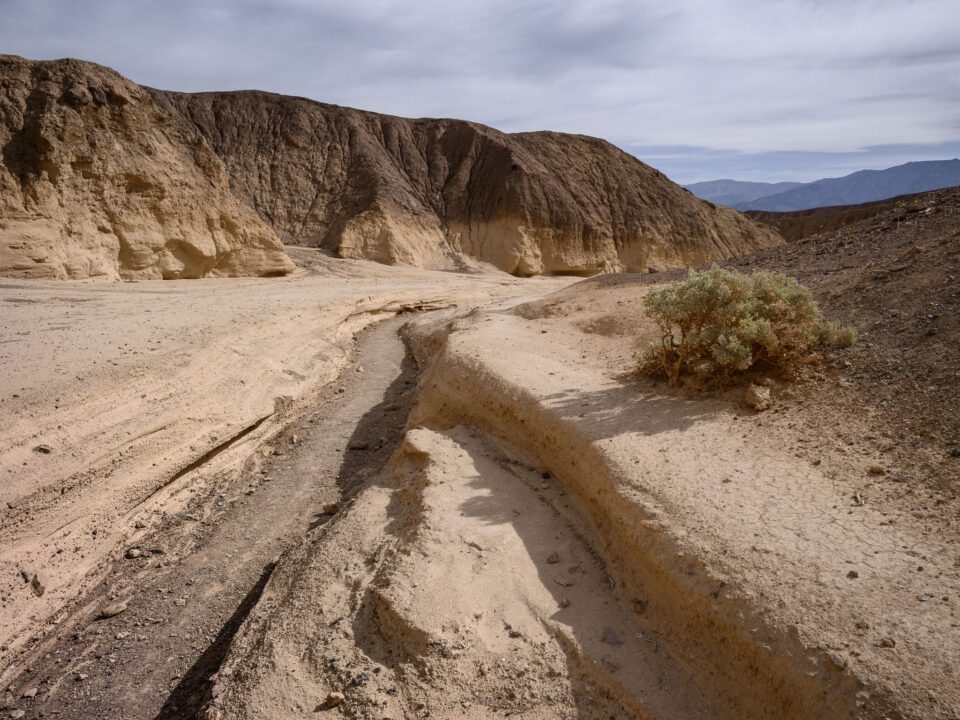
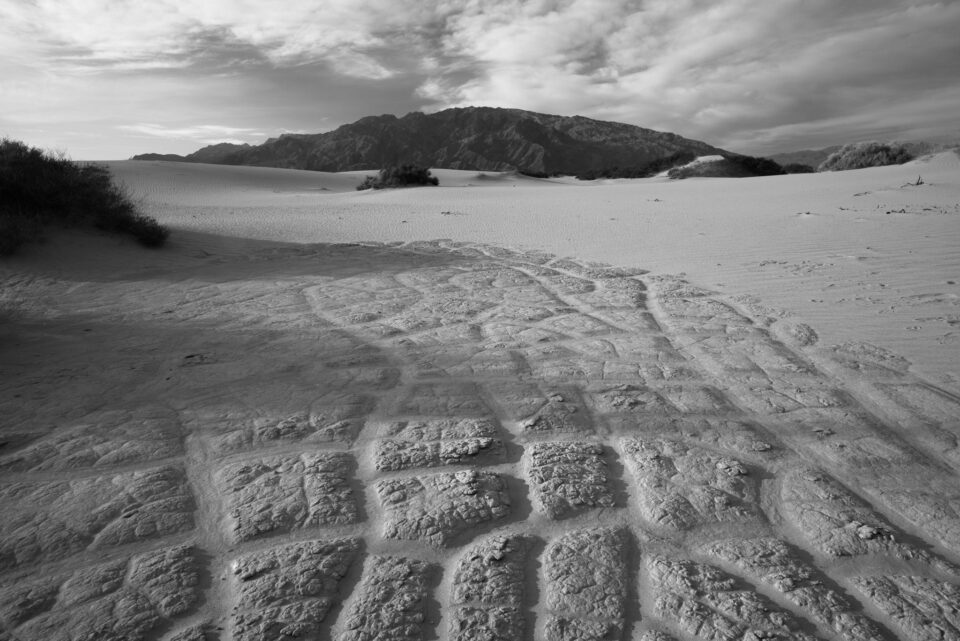
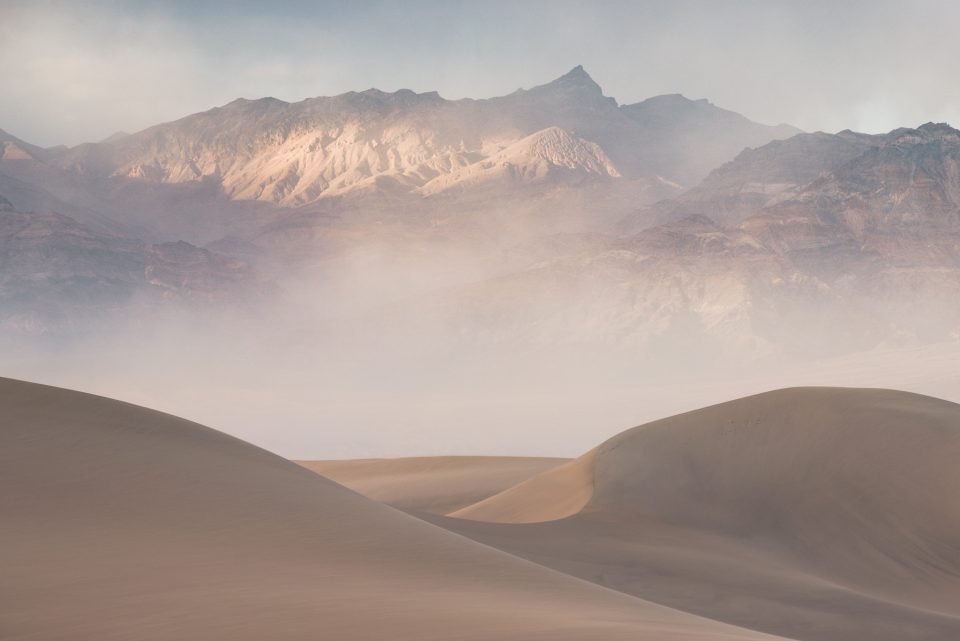
I took the following picture at the lowest point on land (even below Death Valley) along the Dead Sea in Jordan. Along with that, I was at the far end of a peninsula – not to mention that it was sunset, going back to what I discussed a moment ago about transitions. In short, this is a combination of light and other factors that don’t really happen under more typical conditions:
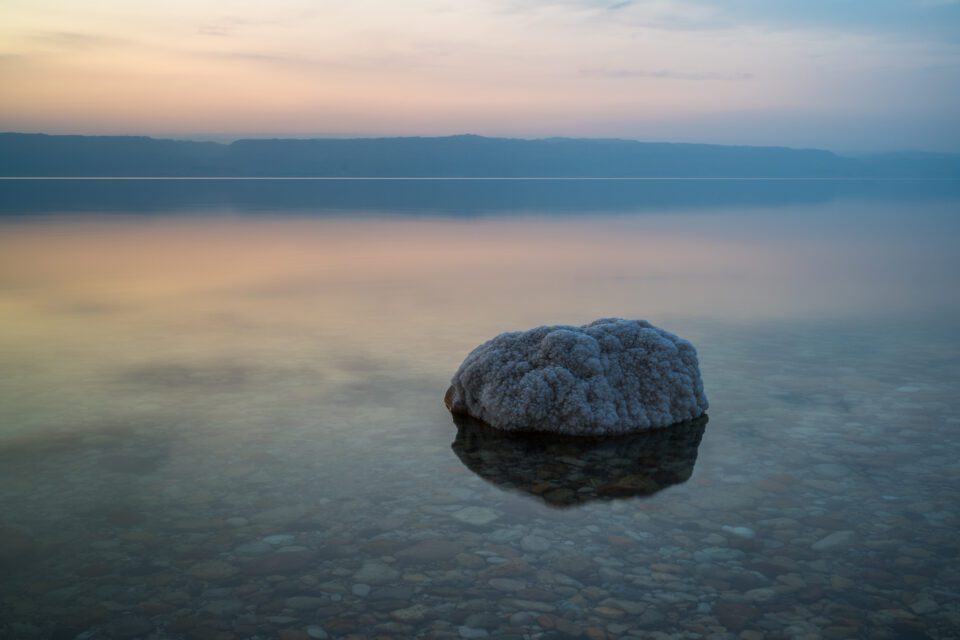
It doesn’t get much more extreme than the lowest point on Earth – but when it does, the results can be even more exciting. Nasim recently went to Iceland for some landscape photography. Following the principle of “chasing the extremes,” maybe you can guess where he took some of the best photos during the trip. The answer is a volcano:
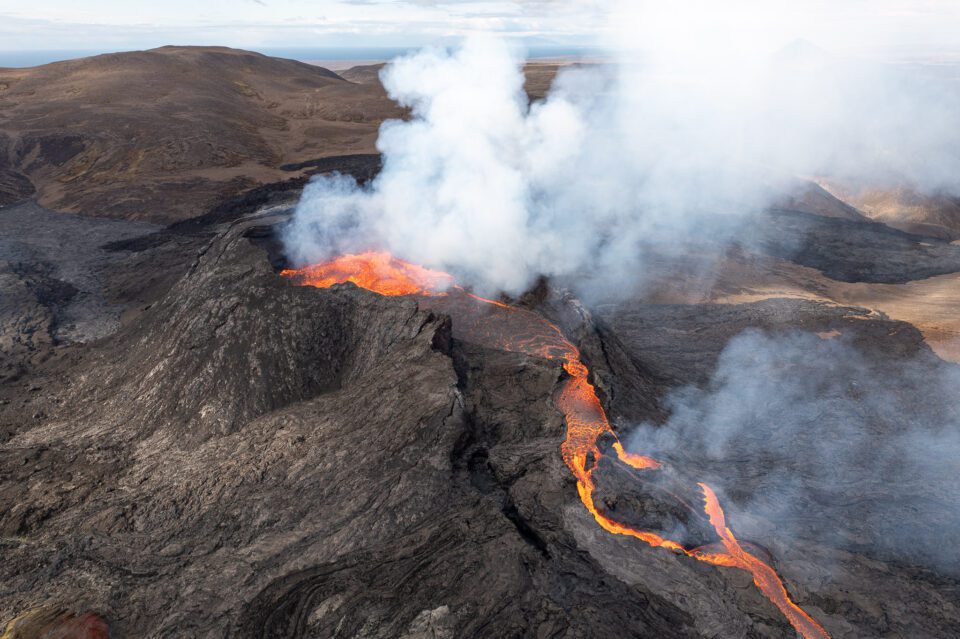
Wild. As his photo above shows, chasing the extremes pays off.
Conclusion
Transitions and extremes aren’t the only places that make great landscape photos. All I’d say is that they tend to give a higher keeper rate. If you’re at a loss which direction to go in a landscape, they’re the first places I’d recommend walking – either to include as an element in your composition, or (in the case of some extremes) as a good vantage point to see everything else.
I also don’t want to imply that it takes hours and hours of walking to reach these sorts of locations. Just as many edges and extremes are right next to a parking lot! Many of the locations in this article only required a few minutes of walking to reach.
In truth, you’ll find edges and extremes everywhere if you look closely. And while they’re not the only good subjects in landscape photography, they have a lot of promise. Next time you’re out in a good location and don’t know where to start, think back to this article and figure out if it applies to the scene in front of you.